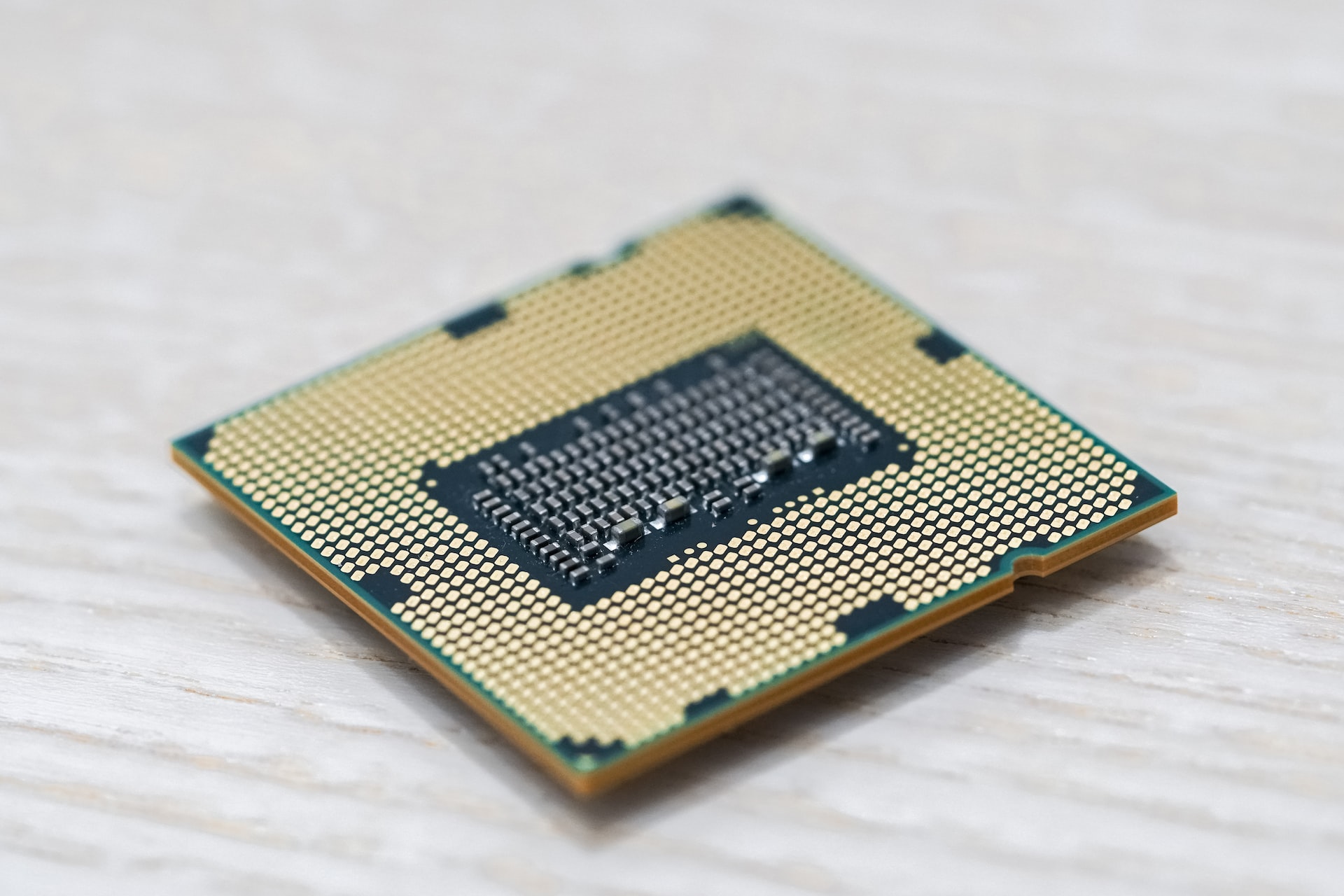As the festive shopping season approaches, computer manufacturers around the world are facing an all-too-familiar challenge: a global chip shortage that shows few signs of easing. Despite increasing consumer demand during the year’s most lucrative sales period, the ongoing semiconductor crisis is expected to disrupt supply chains, delay shipments, and impact holiday revenues across the tech industry.
A Crisis That Keeps Evolving
The chip shortage, which began in 2020 due to pandemic-related factory closures and surging demand for electronics, has continued to ripple through global markets. While automotive and gaming industries have taken significant hits, computer firms are now bracing for a particularly difficult final quarter of the year.
“Just when we expected relief, the supply chain is once again under pressure,” said a spokesperson from a leading PC manufacturer. “Component delays are making it hard to meet holiday production targets.”
High Demand, Low Supply
The festive season — marked by global events like Black Friday, Cyber Monday, Christmas, and New Year sales — typically sees a spike in purchases of laptops, tablets, and gaming PCs. This year, however, many retailers are struggling to stock shelves in time.
Manufacturers such as HP, Dell, Lenovo, and Apple are reportedly prioritizing premium models and business clients, leaving entry-level and budget-friendly devices in shorter supply. Meanwhile, smaller brands are being hit the hardest, as chipmakers focus on fulfilling contracts with larger, long-standing partners.
What’s Causing the Bottleneck?
Several factors continue to fuel the chip shortage:
- Limited semiconductor fabrication capacity
- Increased demand for consumer electronics and data centers
- Geopolitical tensions and export restrictions
- Natural disasters affecting key suppliers in Asia
- Long lead times — in some cases over 6 months — for critical components like GPUs, processors, and memory chips
Even as semiconductor giants like TSMC, Intel, and Samsung ramp up production, new facilities take years to build, making it unlikely that relief will come before the end of this year.
Impact on Consumers and Retailers
For consumers, the shortage means fewer choices, higher prices, and longer delivery times. Retailers are already warning of limited inventory, encouraging early purchases and offering fewer discounts on in-demand devices.
E-commerce giants and electronics retailers are adjusting their strategies. “We’re seeing a shift in focus toward accessories, software bundles, and refurbished units to compensate for supply constraints,” one retail manager noted.
Tech Firms’ Holiday Woes
For computer firms, the stakes are high. The fourth quarter often accounts for a significant portion of annual revenue, especially for companies in the consumer tech sector. Missing out on this sales window due to supply issues could dent year-end profits and investor confidence.
Many firms are attempting to mitigate losses through diversification, pre-booked shipments, and reengineering product designs to accommodate alternate chips — but these fixes offer only partial relief.
Looking Ahead
Analysts predict that the chip shortage will continue well into 2025, particularly for advanced chips used in high-performance computing, AI, and graphics. However, increased investment in semiconductor manufacturing and government efforts to stabilize supply chains could help prevent future disruptions.
For now, both consumers and computer firms must prepare for a less-than-merry tech season, with patience, planning, and realistic expectations taking the spotlight over flashy product launches.
Bottom Line:
As global demand for technology peaks during the holidays, the semiconductor shortage serves as a stark reminder of just how dependent the digital world has become on a few tiny — but crucial — pieces of silicon.




